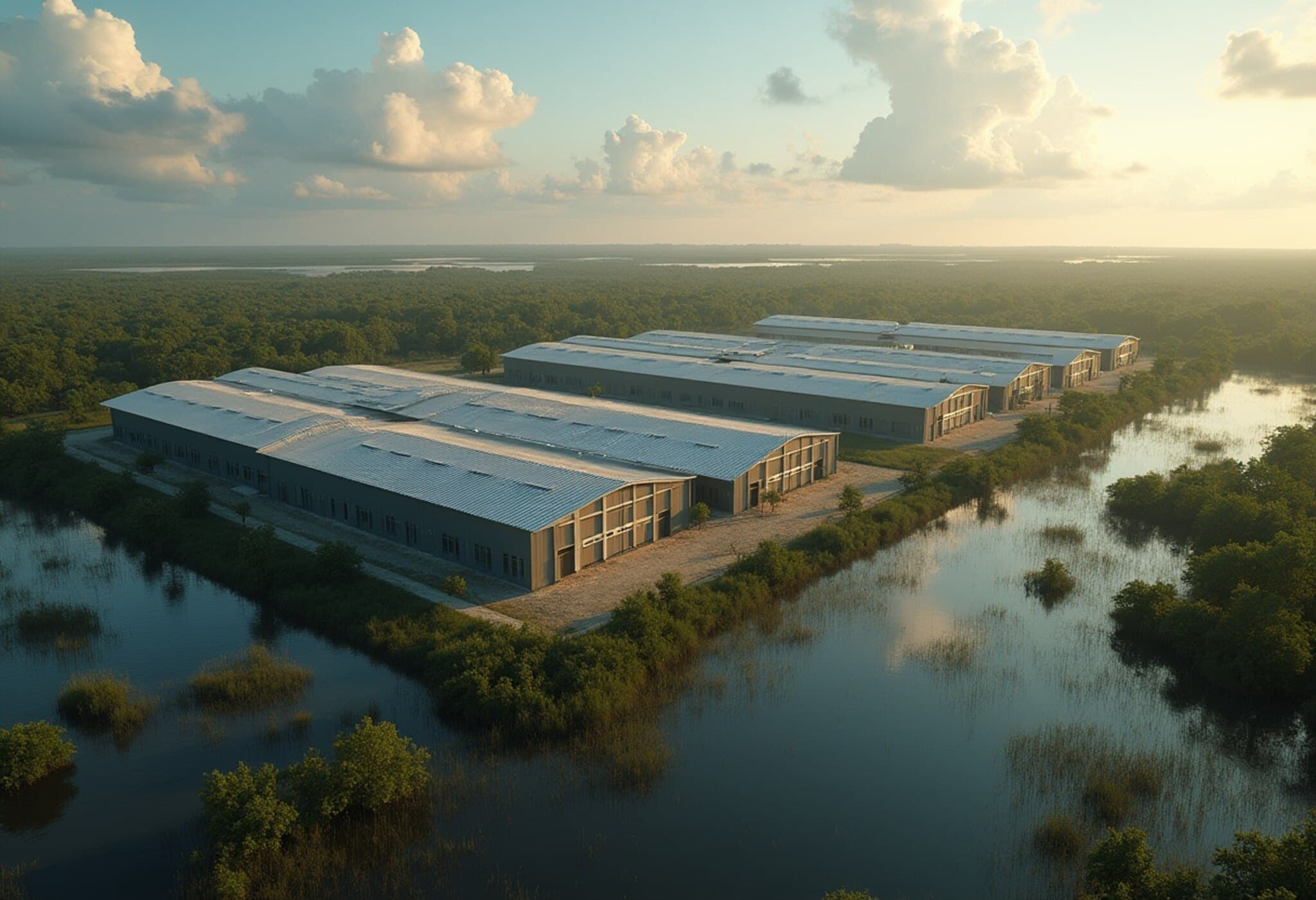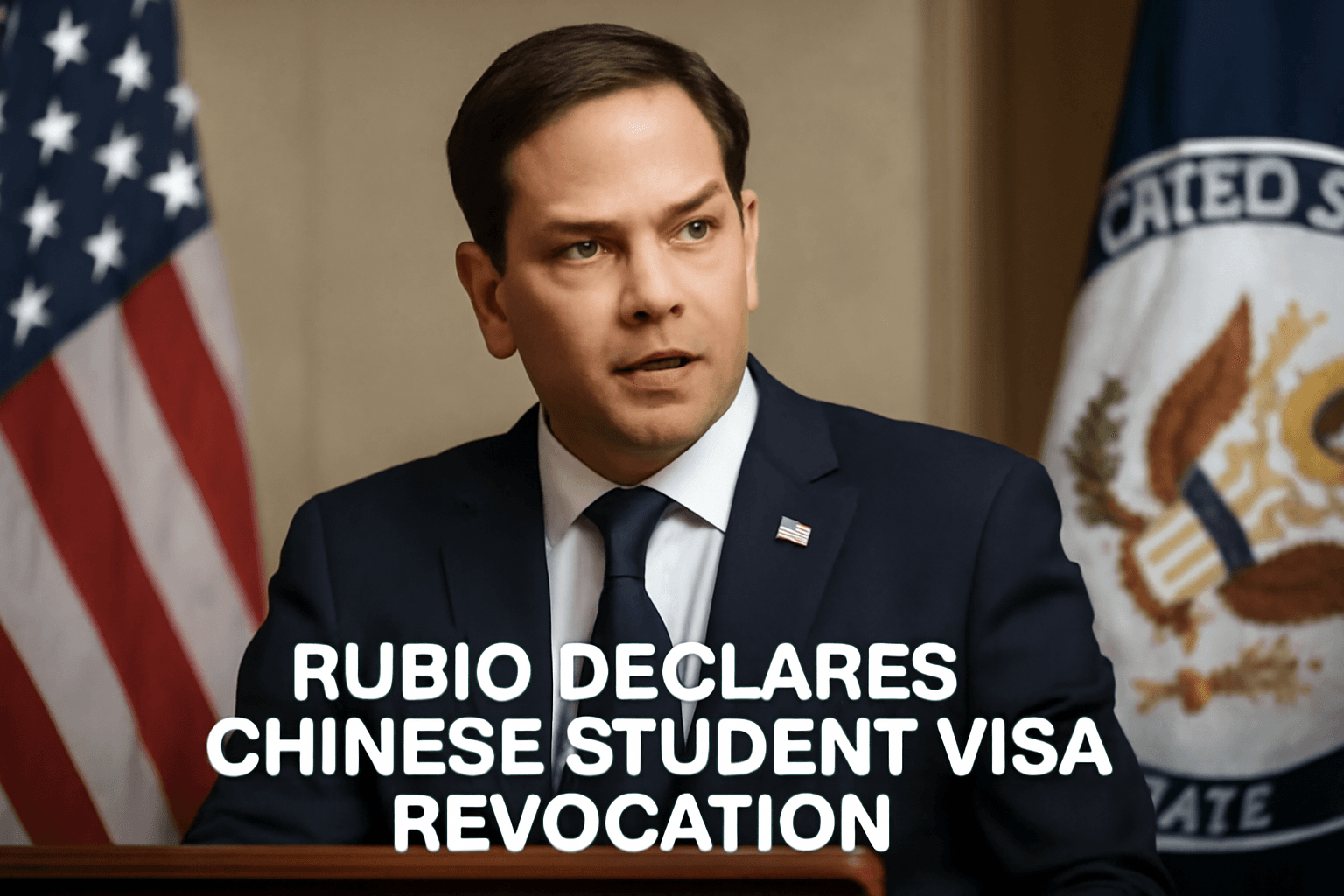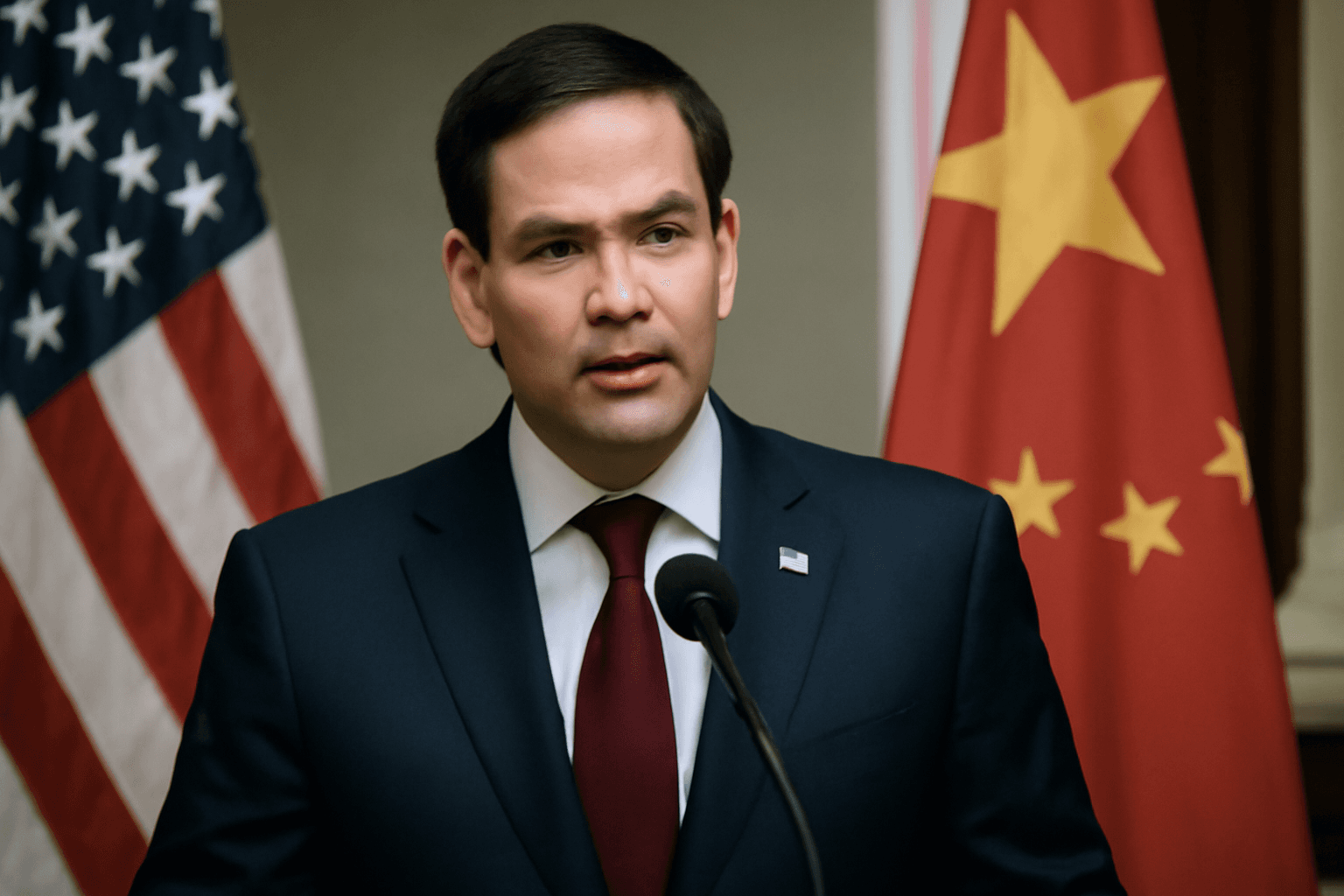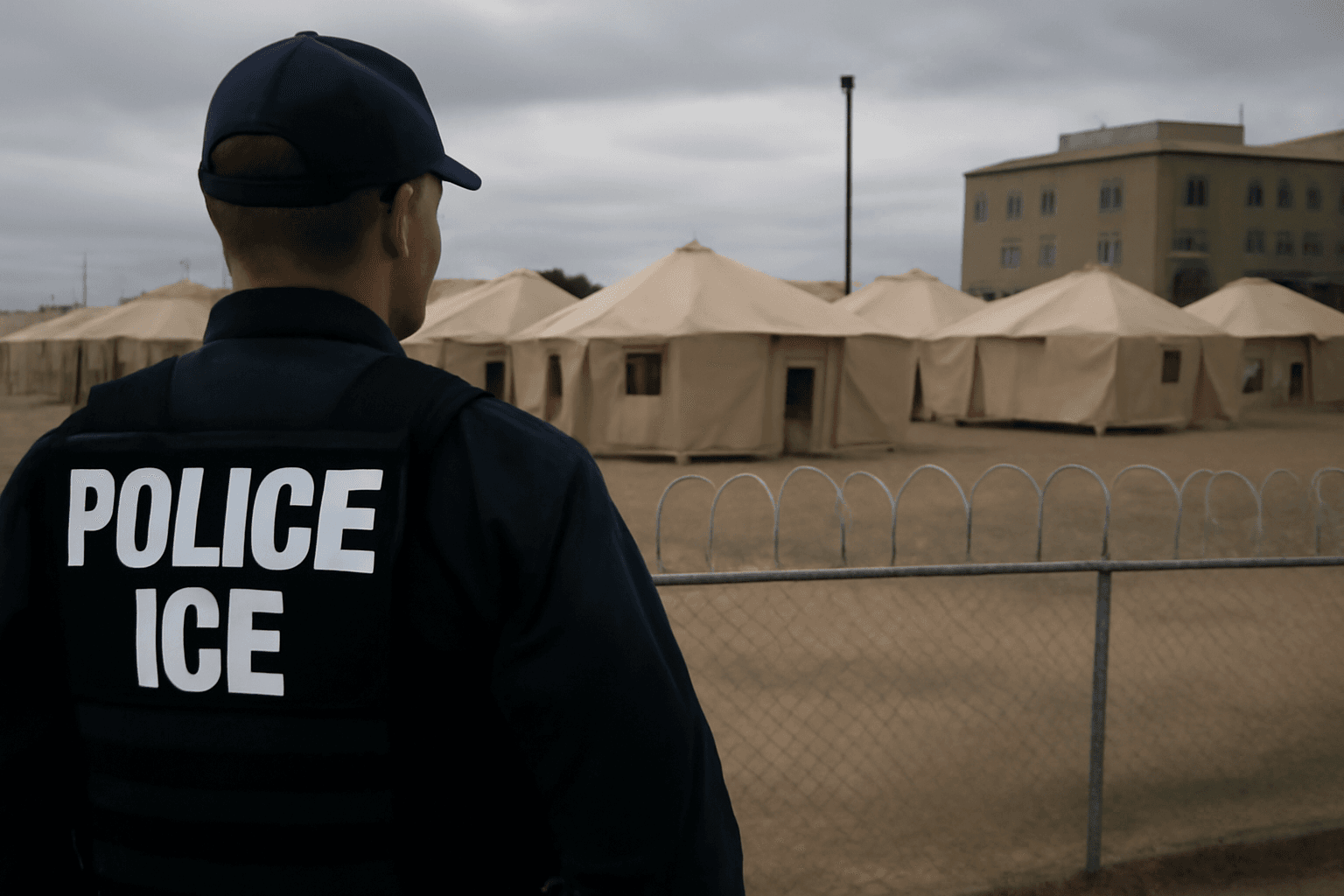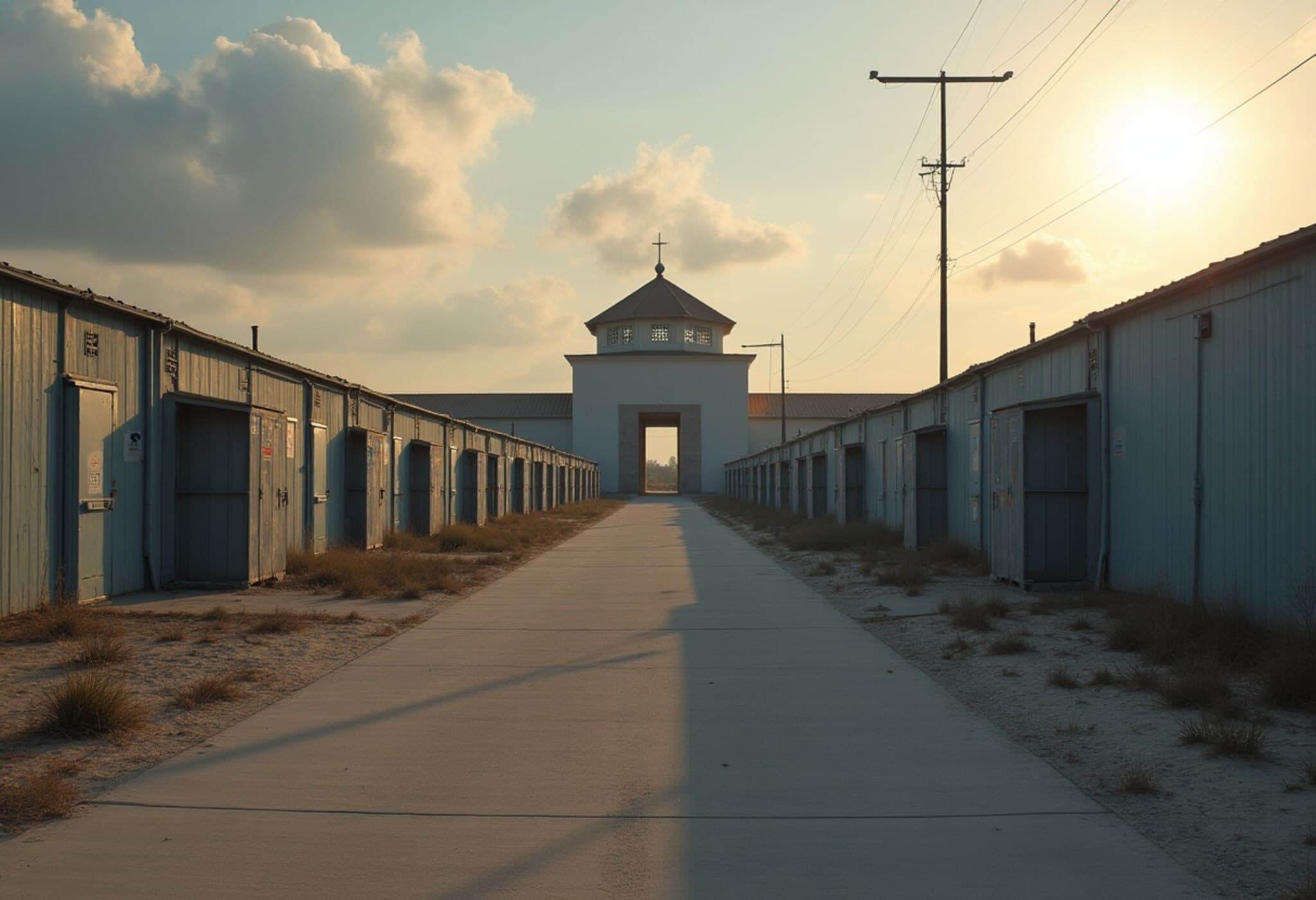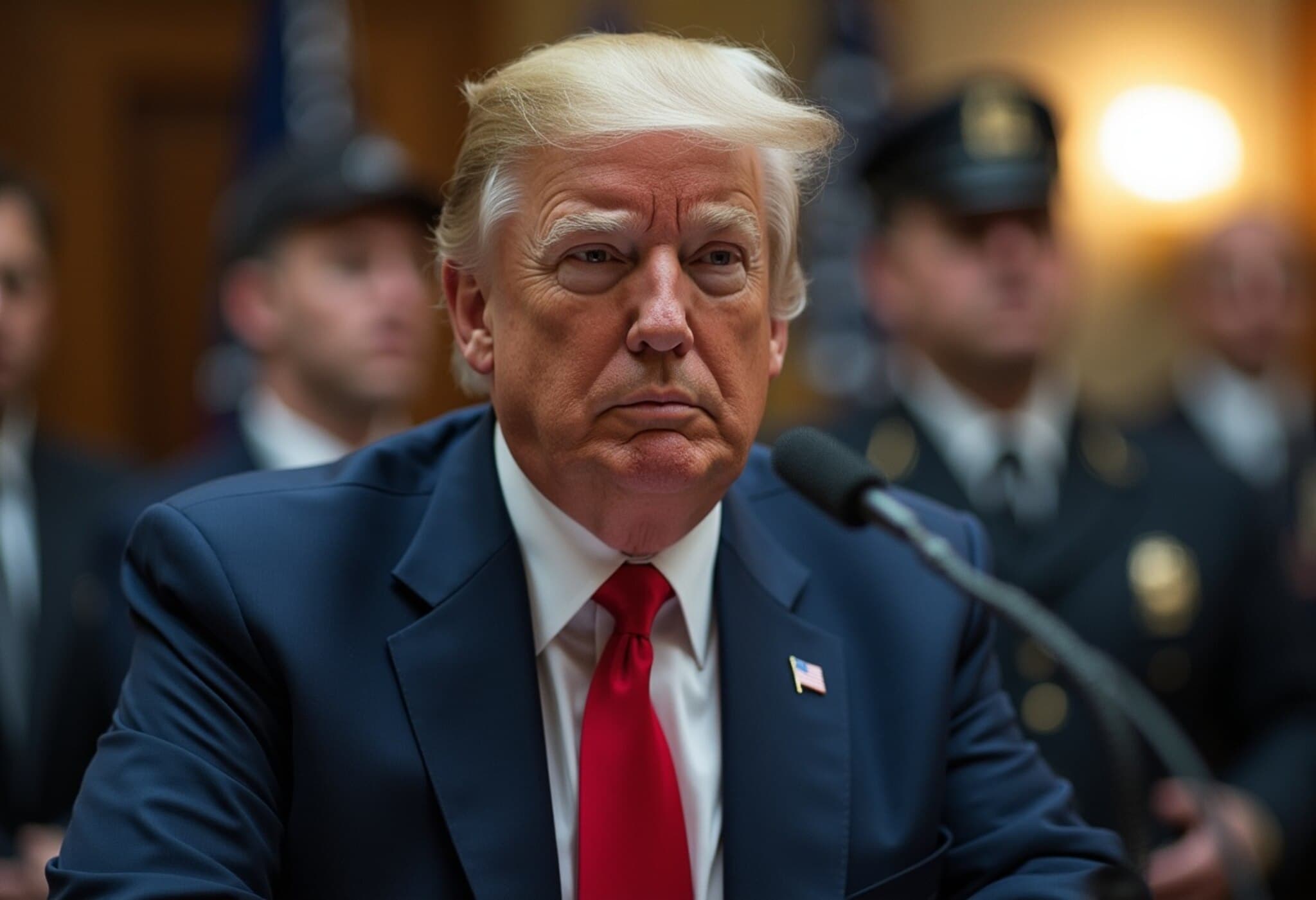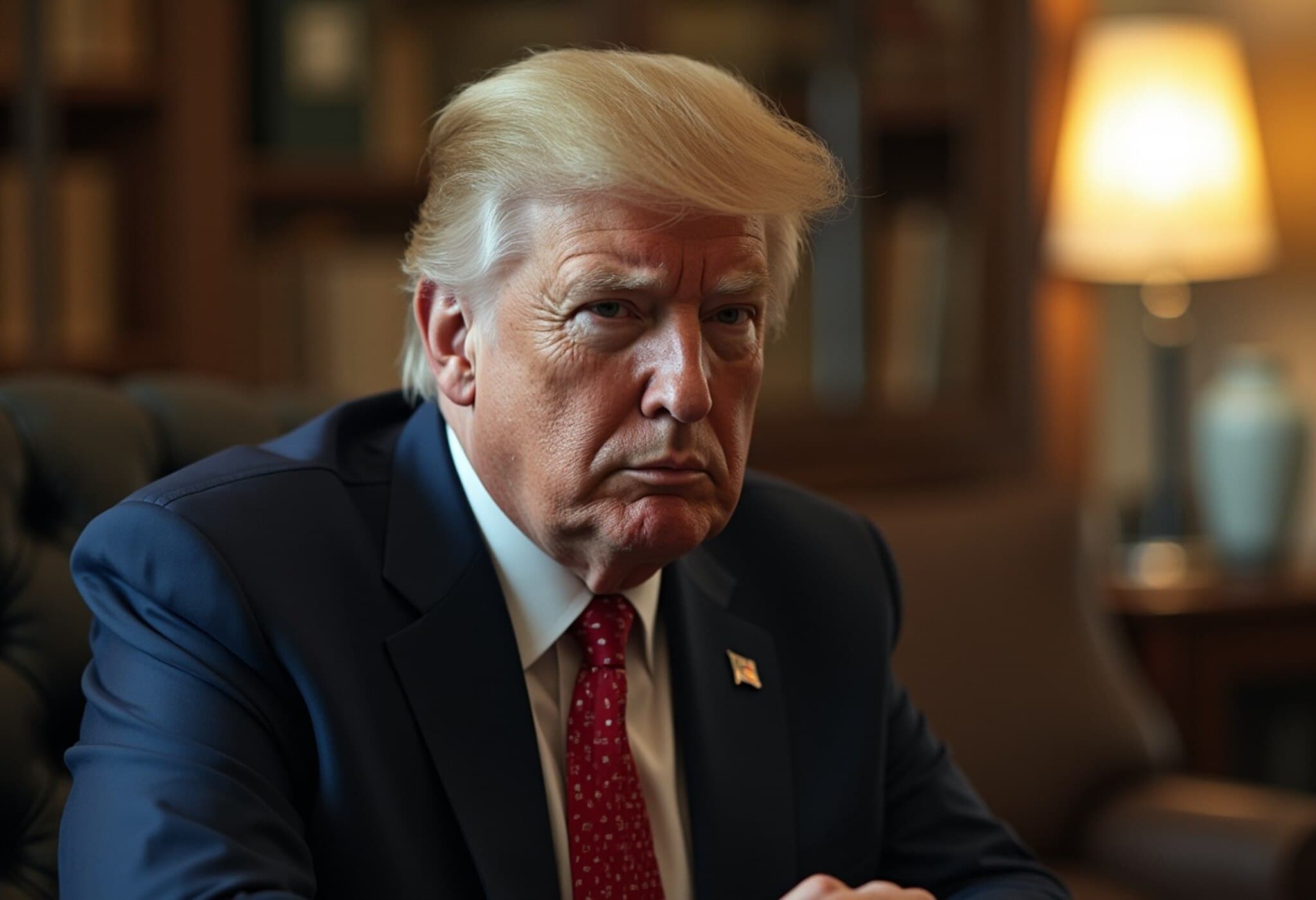The First Major Immigration Decline Since the Great Depression
In a striking demographic shift, recent data from the Pew Research Center highlights that the United States has witnessed a rare reversal: more immigrants are leaving the country than arriving. Between January and June 2025, the total immigrant population—both lawful and unauthorized—dropped from a record 53.3 million to 51.9 million, marking a significant 1.5 million-person decrease.
This is the first time in nearly a century that net immigration has turned negative, recalling the mass departures during the 1930s Great Depression era. Yet, unlike the economic-driven displacements of that past, today's decline is largely the product of deliberate immigration policies enacted during President Donald Trump’s second term.
Trump’s Executive Actions: A Policy-Driven Exodus
The plunge in immigrant numbers coincides with sweeping enforcement measures introduced by President Trump’s administration—comprising 181 executive actions aimed at curbing border entry and accelerating deportations. These initiatives ramped up immigration enforcement nationwide, exemplified by high-profile workplace raids, such as those conducted in Ohio in 2018 by Homeland Security Investigations.
Experts estimate the decline predominantly reflects unauthorized immigrants leaving or being removed from the U.S., though there is also evidence of lawful foreign nationals choosing to depart amid a more hostile immigration environment. The immigrant share of the total U.S. population contracted from 15.8% to 15.4% in just six months, while their representation in the labor force dipped to 19%, indicating a loss of more than 750,000 foreign-born workers.
Economic and Social Consequences
This downward trend raises urgent concerns among economists and industry leaders about looming labor shortages in critical sectors. Agriculture, hospitality, elder care, and other industries heavily reliant on immigrant workers might face intensified challenges meeting demand, potentially tipping some local economies into instability.
These developments unfold against the backdrop of Congress increasingly financing aggressive immigration enforcement and detention efforts, signaling that stringent policies will likely persist for the foreseeable future.
Expert Perspectives and Broader Context
From a policy standpoint, this shift invites a re-examination of the long-term implications of exclusionary immigration strategies. While designed to enhance national security and job availability for American citizens, the unintended consequences include reduced workforce capacity and demographic shifts that could strain the social safety net and economic growth.
Legal scholars also highlight potential constitutional and humanitarian issues stemming from widespread deportations and tightened entry controls. Human rights advocates warn that vulnerable immigrant communities may face increased marginalization and risk.
Historically, the 1930s exodus destabilized communities on both sides of the border, underscoring that immigration trends profoundly impact bilateral relations and domestic stability alike. Today's decline, driven by policy rather than economic crisis, introduces unprecedented questions about the future of America’s identity as a nation of immigrants.
Looking Ahead: Will the Trend Persist?
Whether this pattern of net emigration continues depends heavily on shifting political winds, legal challenges, and potential legislative reforms. The Biden administration’s policies, public opinion, and global migration dynamics will all play crucial roles in shaping the trajectory of U.S. immigration.
For now, the data paints a transformational moment: a historically immigrant-rich nation grappling with the consequences of restricting the very flows that built its modern economy and cultural landscape.
Editor’s Note:
The dramatic dip in the U.S. immigrant population under Trump-era policies raises fundamental questions about the balance between enforcement and economic vitality. As America confronts labor shortages in key sectors, policymakers are challenged to devise humane yet effective immigration frameworks that acknowledge immigrants' vital contribution. Readers are encouraged to consider how future immigration policies might better reconcile national security concerns with sustaining the nation’s social and economic fabric.



